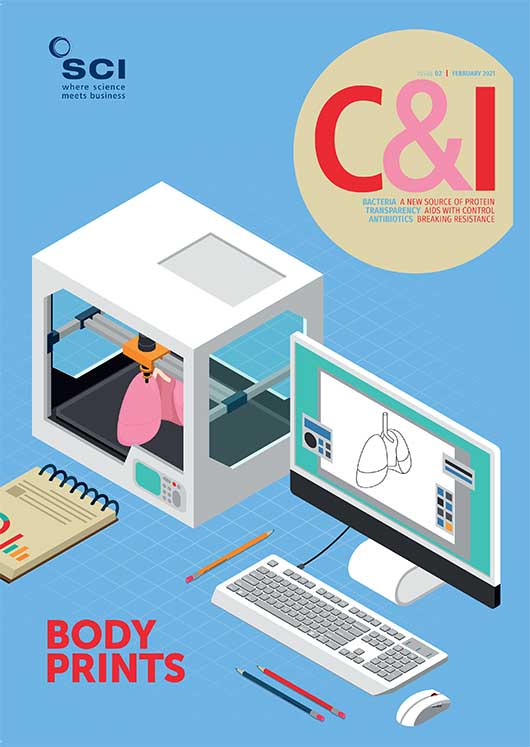Anthony King
Researchers have gleaned evidence of trade links between the Near East and South Asia during the Bronze Age by analysing ancient teeth.
The teeth tartar revealed that Bronze Age people in the Levant ate staple foods such as cereals, sesame and dates, but also feasted on more exotic fare such as soya bean, turmeric and perhaps banana (PNAS, doi: 10.1073/pnas.2014956117).
Dental plaque constantly forms during a person’s life and comprises the same calcium phosphate minerals as teeth and bones. It calcifies and grows like tree rings. ‘It’s the only part of the body that fossilises while you are still alive,’ says Christina Warinner, an anthropologist at Harvard University who led the study. Dietary proteins, saliva proteins and other matter get trapped in the plaque.
The teeth came from skeletal remains from the urban centre of Megiddo during the 17th to 15th century BC. They were cleaned, and the plaque dissolved in EDTA to free the proteins. Phytoliths, a type of plant glass abundant in cereals, were identified under a microscope, indicating consumption of wheat, millet and date palm. Individuals from an Iron Age site – Tell Erani – about 500 years later were also included in the study.
Plaque proteins were broken down into small peptide segments using the enzyme trypsin. Their amino acid sequence was then deduced by HPLC and tandem mass spectrometry. Their origin was identified via a database of plant proteins.
‘We were not surprised to find wheat proteins,’ says Warinner. More significant was their discovery of sesame, which was suspected as important in the Levant cuisine of that time, but without firm evidence. ‘It is very exciting to be able to say that yes, by this period in the second millennium BC, sesame was a staple.’
Also identified was protein likely from banana, a crop domesticated in Papua New Guinea and known from West Africa by the first millennium BC. ‘The other two things we found were turmeric and soya bean, which were quite big surprises,’ says Warinner, adding that these were recovered from the tomb of two elites.
The soya bean was likely consumed as an oil. Oils are known to have been traded long distances, but ‘plant oils are quite invisible archaeologically, because they generally lack distinctive biomarkers,’ explains Warinner. It had been long suspected that soya bean oil was brought to the Levant. This is among the earliest evidence to date for soya bean outside of east Asia.
This study ‘will no doubt have massive impact,’ comments Helle Vandkilde, a Bronze Age archaeologist at Aarhus University in Denmark. ‘Several of the observed exotic plants, for example, turmeric, have so far not been suspected to form part of cuisine culture in the Bronze and Early Iron Age Mediterranean.’
She notes that urban Megiddo and rural Tell Erani were both involved in long-distance eastbound trade, in the Bronze Age and the Early Iron Age, respectively. ‘This prompts the authors to conclude that the period of Bronze Age demise, 1200-1100 BCE did not interrupt trade with the east,’ says Hilde. ‘This is very plausible.’





